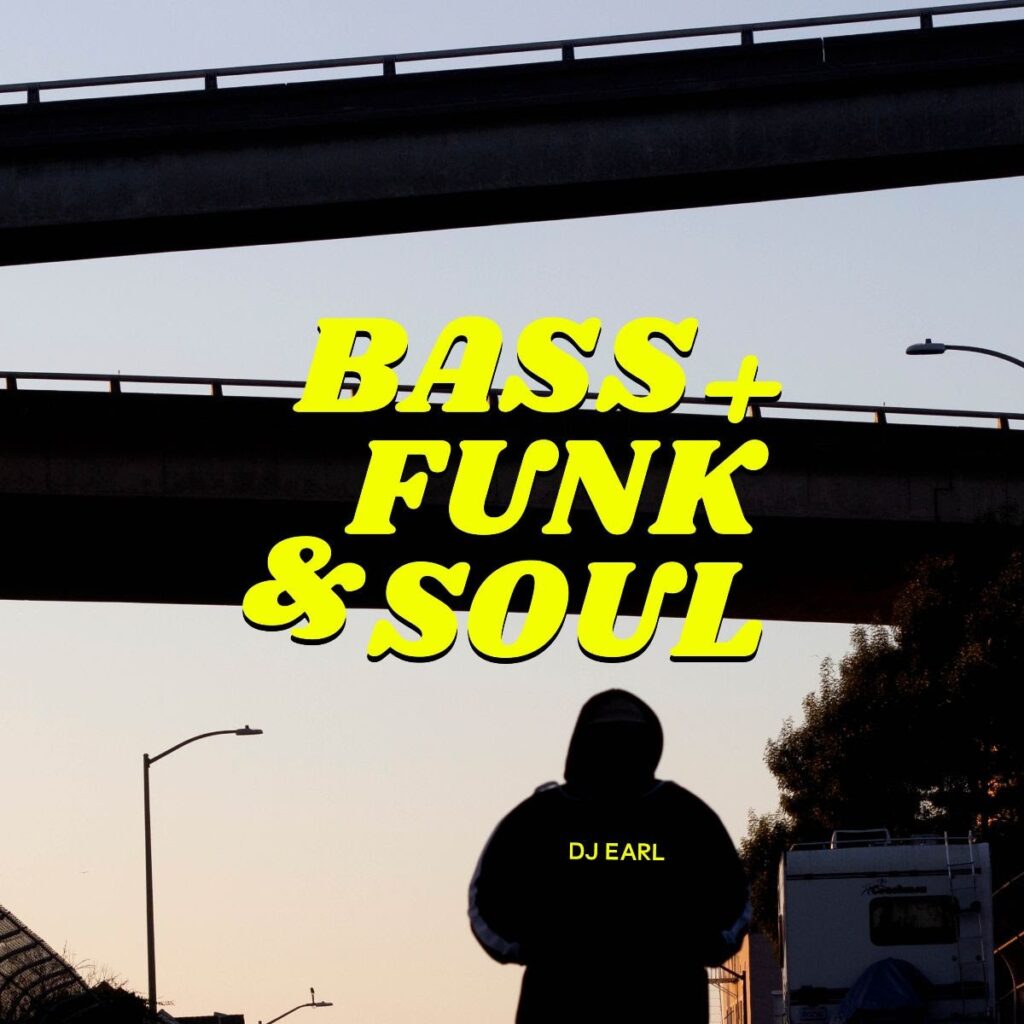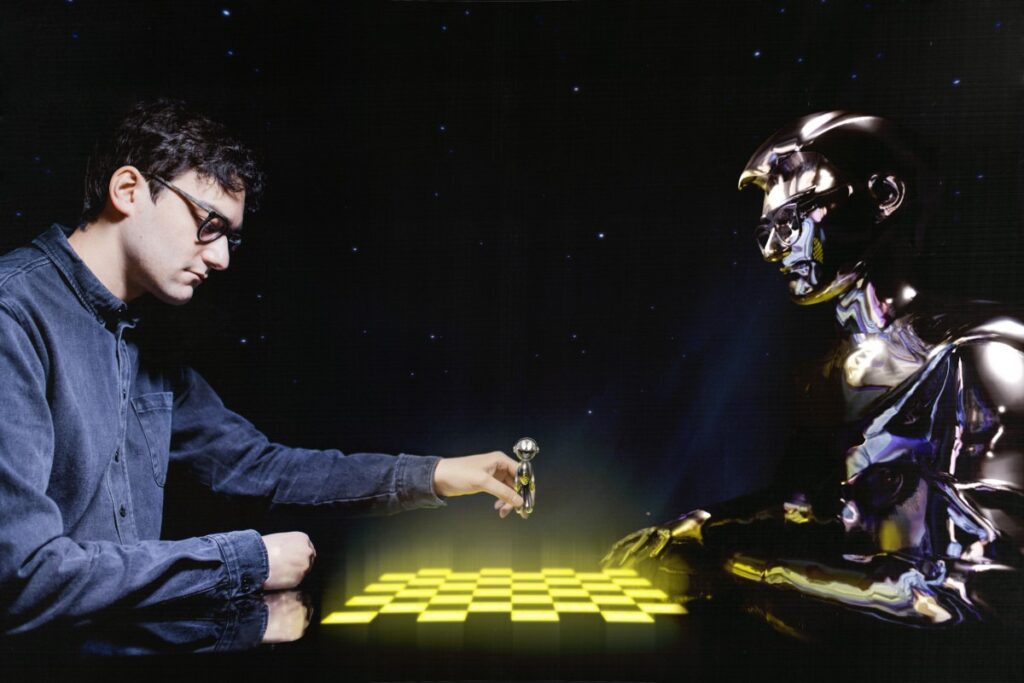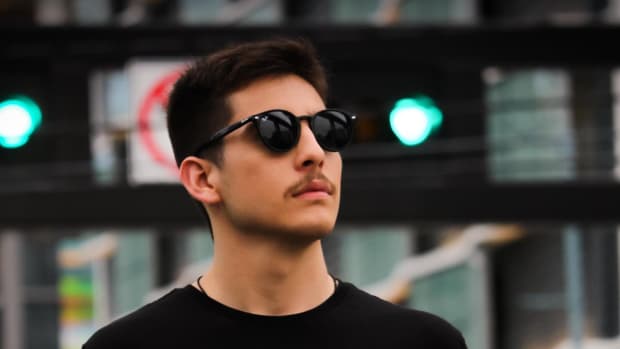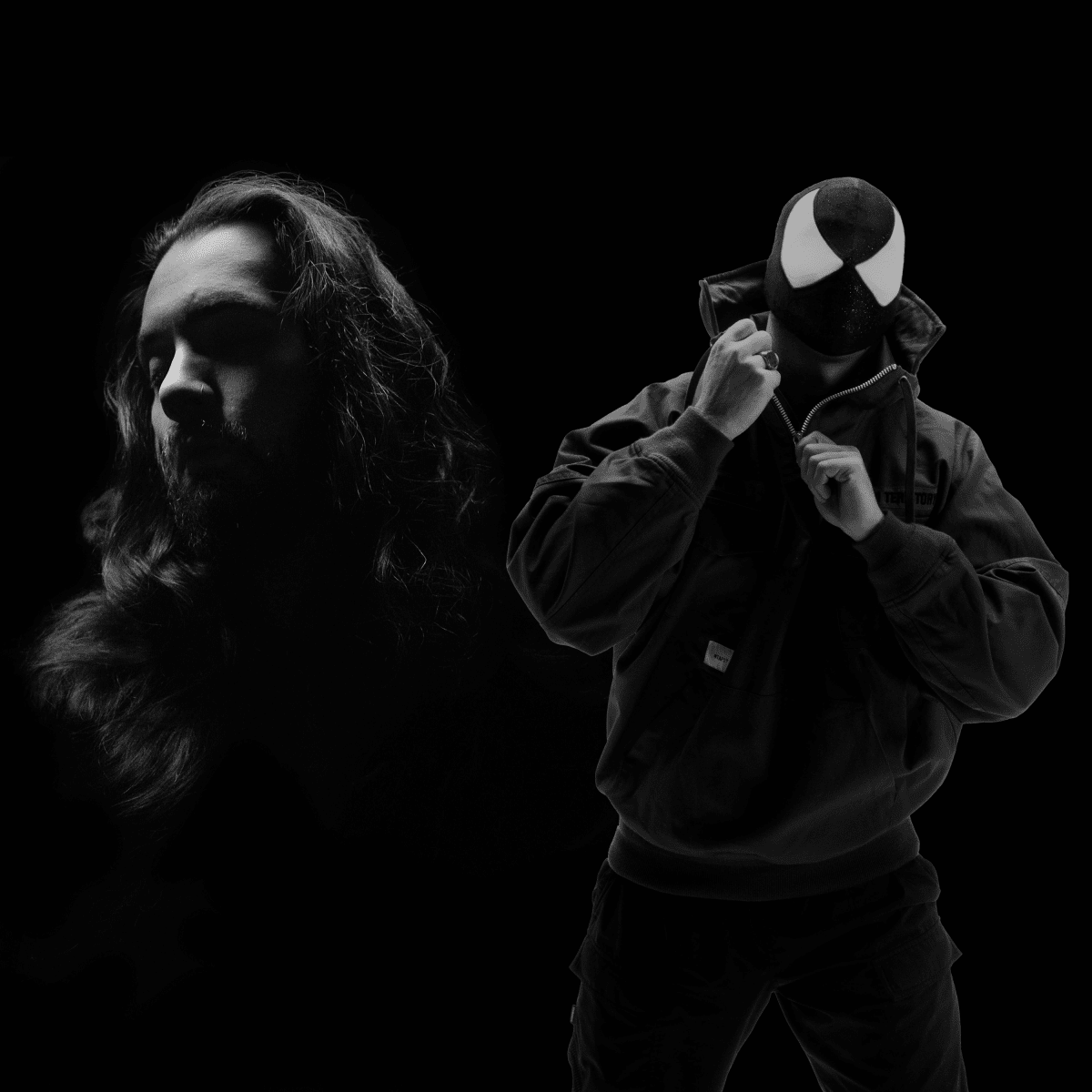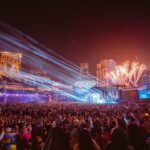Norwegian producer, singer and multi-instrumentalist Jonas Hibiki has released his new album Big Blue that takes listeners into a washed out psychedelic universe. It’s like entering a similar world to Tame Impala with a dash of Anderson .Paak funk and the Nordic ability to write pop and dance records. There is the soaring indie rock on “Off Balance,” low down funk on “No Horizon” or the gentle pads on “Looking For A Dream.” Hibiki’s dreamy voice helps stitch this album together from start to finish. He used to produce for his younger brother, a hip hop artist called Macho Mayne, so occasionally intersperses some 808’s throughout the project for a little extra spice.
We wanted to know how this album came together, so Hibiki showed us How It Was Made. He moved between four different studios, but his home studio is pretty barebones, back to basics, after not being able to afford his first recording studio due to the pandemic, but the results show for themselves.
Listen to the album as you follow along with the gear description. Pick up a copy of the LP here.
1. Ableton Live Suite 10
I wish I had a lot of fancy hardware and equipment to show you that I actually used on the record, but almost everything was done digitally in true bedroom producer style. I recorded the album in four different locations. We had to move out of our first recording studio because we couldn’t afford rent during the pandemic. The photo below is taken in a second studio where we did a few sessions. I also recorded in my home studio, but I moved to a new place in the middle of making this album. The only constant here was my computer and my guitars, pretty much.

Working on the lapton
Jonas Hibiki
Ableton Live is my DAW of choice, and I used it to record and produce the entire album. I would say that it doesn’t really matter what DAW you use, but Ableton Live is in my opinion especially good when you want to work quickly and try a bunch of different things on the fly. I like to produce and write songs at the same time, and I think Ableton Live is very good for that purpose.
All the drums are programmed in Ableton Live, mostly by taking samples and basically copy/pasting them along the grid. I didn’t really use any MIDI when I programmed the drums.
2. Fender Telecaster 50s
I’ve had this guitar since I was fourteen, and it holds a special place in my heart. It has a lot of quirks and is pretty noisy, but has a great tone. Most of the guitar tracks on the album were played on this guitar. The noise was pretty annoying while recording, but in the end I think it gives the final mixes a nice texture and makes the production sound more “organic.” The rest of the production is pretty sterile, so a little bit of grit was a nice touch.

Fender Telecaster 50s
Jonas Hibiki
3. Juno 60 Emulator TAL-U-No-LX
I used this soft synth on every song on the album. I like it a lot. It’s a Juno 60 emulator that is relatively cheap and has a lot of the dreamy 80s synthwave stuff that I was looking for. I tried to create some continuity by picking out a handful of sounds early on, and limiting myself to using only those sounds. I am especially fond of the keys that you can hear in the beginning of “Looking For a Dream” and the lead synth on “Off Balance,” those are the most frequent synth patches on the album. TAL also makes a great, and free, chorus plugin, which I used on many of the guitars.

Juno 60 Emulator TAL-U-No-LX
Jonas Hibiki
4. Soundtoys EchoBoy
I use a lot of Soundtoys plugins, but EchoBoy really stands out to me because it is such a versatile delay. Vocals, guitars, keys, you name it – everything on the album has an EchoBoy somewhere in the fx-chain.
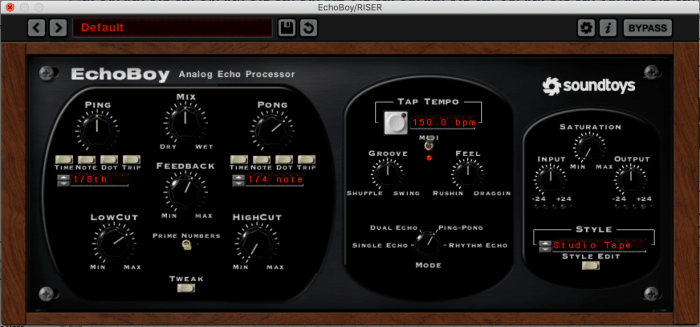
Soundtoys EchoBoy
Jonas Hibiki
5. Hagstrom Viking Bass
The bass player in my band won this bass when we played a sort of “battle of the bands” contest a few years back. He named it the “Hibiki bass,” and kindly lent it to me indefinitely. You can hear it in many of the songs, for example “Headlights” and “Someone Toulouse.” It’s not particularly good, actually it’s pretty beat up on the inside and you have to wiggle the knobs to get it to work properly, but usually it was the only bass laying around in the studio. The hollow body gives it a little character though, and it looks bitchin’.

Hagstrom Viking Bass
Jonas Hibiki



